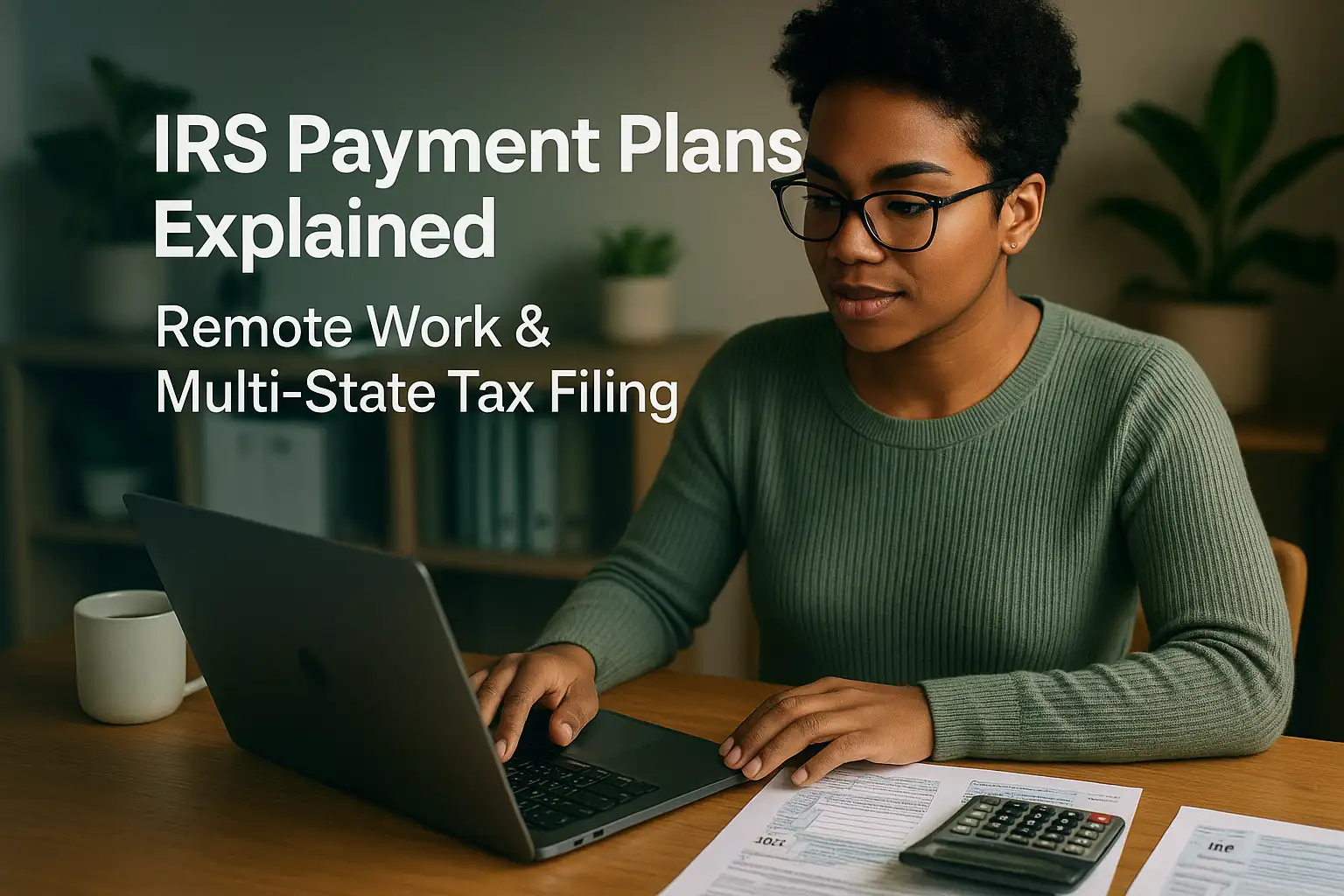IRS Payment Plans Explained: How to File Taxes When You Work Remotely or Move Between States
Filing a tax return can become unexpectedly complicated when a person works remotely or moves to a different state during the tax year. Taxpayers in these situations often face unique income tax rules, and many are surprised to learn that they may be required to file taxes in more than one state. This process can create confusion during tax season and increase expenses when multiple forms are involved. In some cases, individuals even discover that they have been double-taxed because both their state of residence and the state of their employer claim the right to collect tax on the same income. For many taxpayers, including the self-employed and independent contractor groups, these issues can cause financial stress. Income may come from several sources, such as wages, business earnings, or retirement distributions, and each source may be subject to different state rules. Determining the correct portion of income to report in each location requires close attention to federal law, state guidelines, and detailed instructions on each form. Families with one child, two, or three children may also need to review credits such as the earned income tax credit, which has specific qualifying child and age requirements. The Internal Revenue Service recognizes that people who work remotely or move between states often struggle with paying the full amount owed at once. To assist, the IRS offers payment plans and other relief programs that allow eligible taxpayers to pay taxes over time. By understanding how deductions, credits, and state reciprocity agreements apply, taxpayers can claim available benefits, reduce the impact of penalties and interest, and access services that help them remain compliant.
Read More














